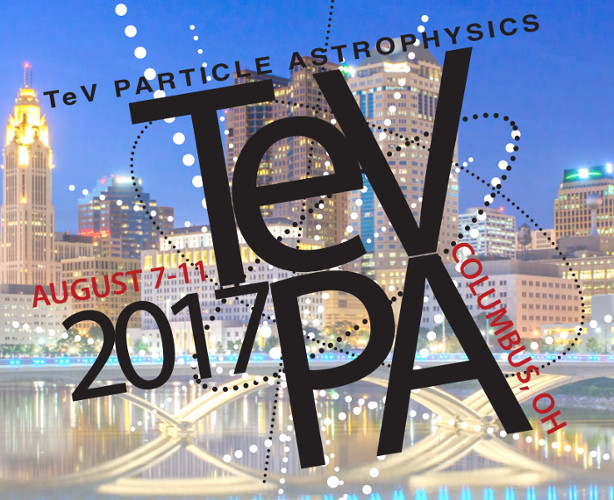Speaker
Description
Recent high-energy missions have allowed keeping watch over quasars in flaring states, which provide deep insights into the engine powered by supermassive black holes. However, having a quasar caught in a very bright flaring state is not easy requiring long surveys. Therefore, the observation of such flaring events represents a goldmine for theoretical studies.
Such a flaring event was captured by the INTEGRAL mission in June 2015 while performing its today’s deepest extragalactic survey when it caught the prominent quasar 3C 279 in its brightest flare ever recorded at gamma-ray energies. The flare was simultaneously recorded by the Fermi-LAT mission, by the Swift mission, and by observations ranging from UV, through optical to the near-IR bands. The derived snapshot of this broad spectral energy distribution of the flare has been modeled in the context of a one-zone radiation transfer leptonic and lepto-hadronic models constraining the single emission components. I will discuss results and challenges faced by trying to reconcile these observations and theory. Also implications for the detection of VHE gamma rays by Atmospheric Cherenkov Telescopes for such a flare will be discussed.




